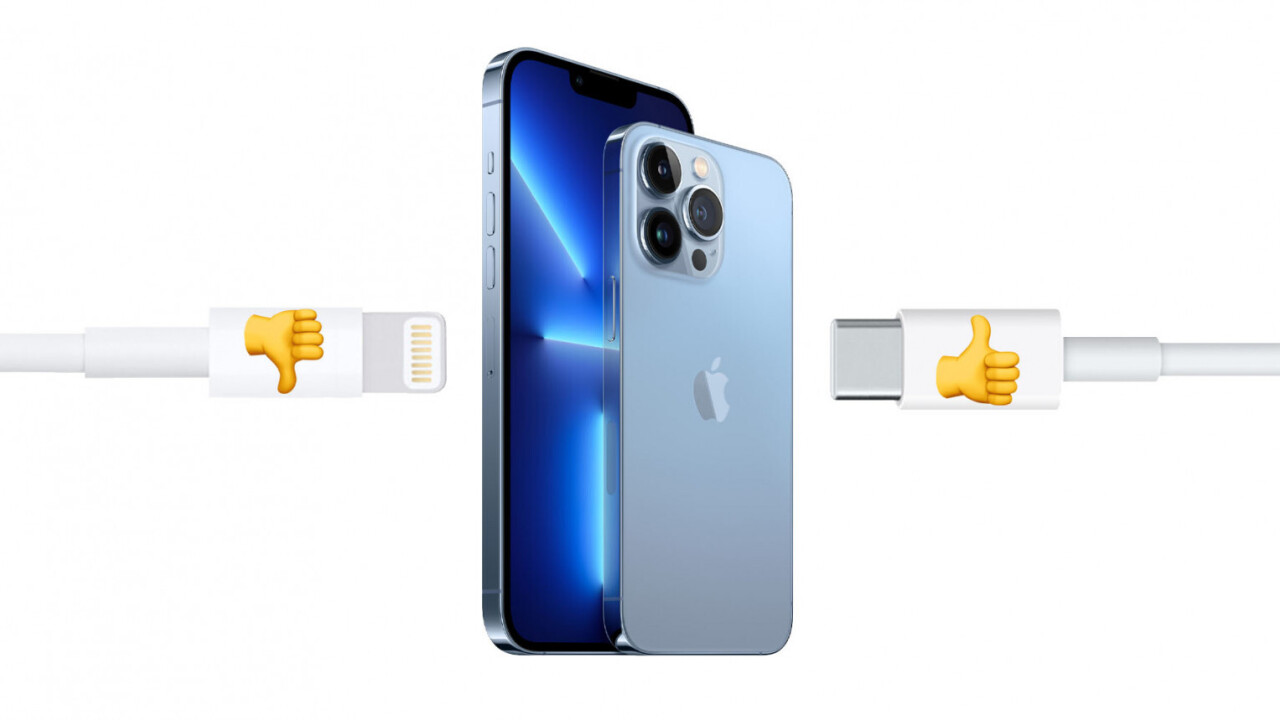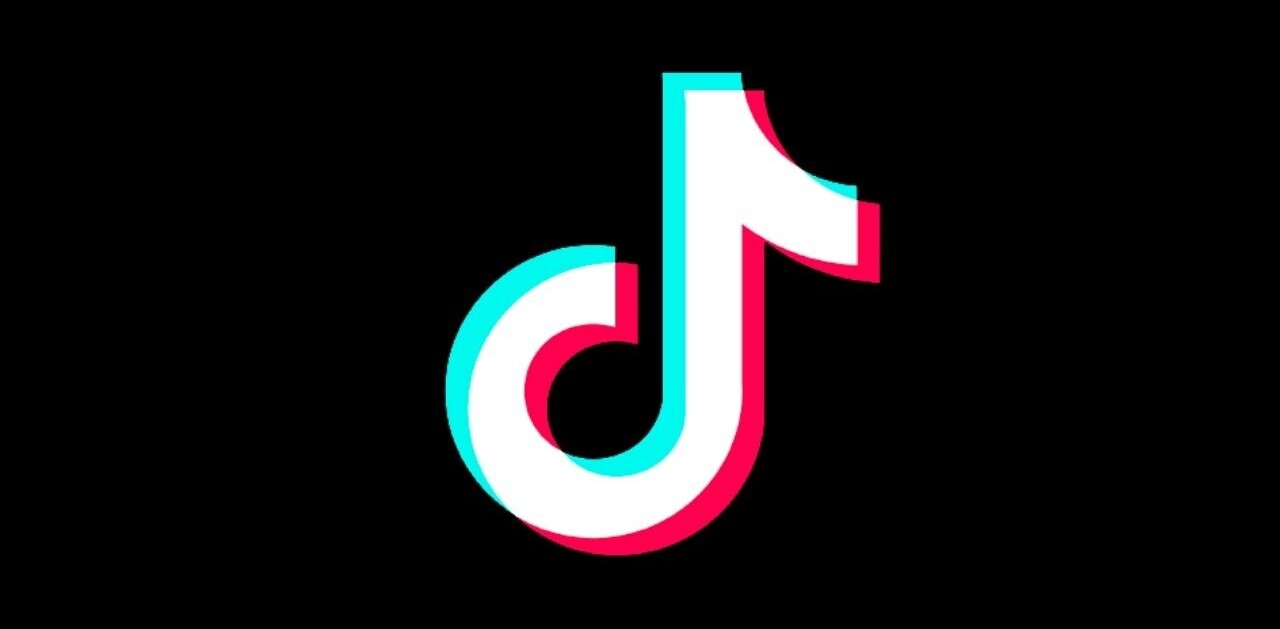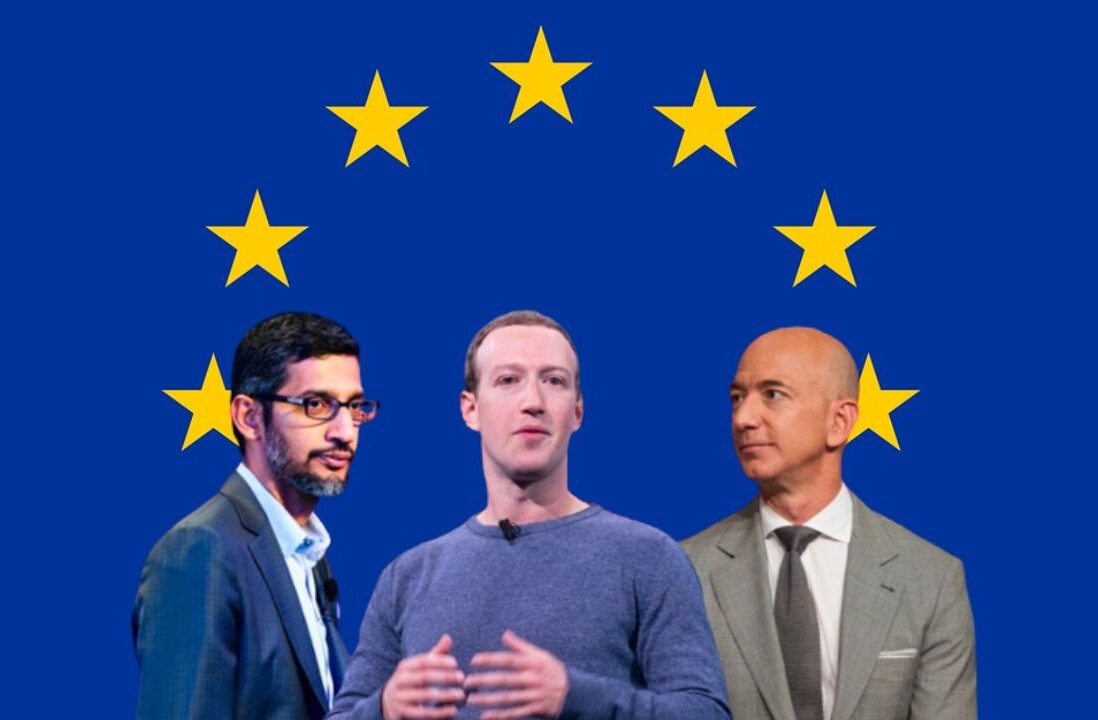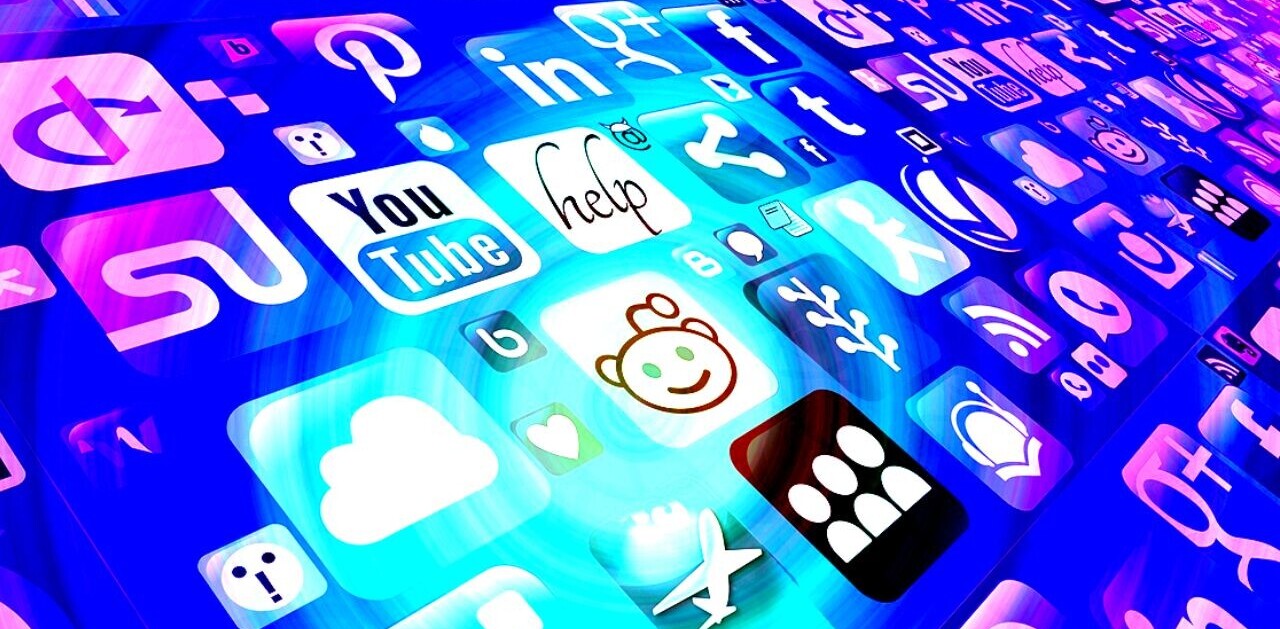
The European Commission just announced a plan to force Apple to adopt USB-C on the iPhone.
Well, it didn’t say exactly that. More specifically, it laid out a plan to compel electronics manufacturers to adopt USB-C as the standard charging connector and cable.
But considering Apple is the only major phone manufacturer holding out on adopting USB-C, it’s clear Cupertino is the biggest target. And with the size and influence of the European Union, a decision there is likely to impact iPhones sold everywhere.
? A harmonised charging port (USB-C)
⚡ Harmonised fast charging technology
? Possibility to buy a new device without charger
ℹ️ More info on device packaging to see if the charger you have at home is suitableMore about what we propose: https://t.co/OZGfAzUK1P #DigitalEU pic.twitter.com/oVqpBHNLSA
— European Commission ?? (@EU_Commission) September 23, 2021
The European Commission claims such a rule would cut down on gadget waste, because, you know, you could use the same charger for most of your devices. The rule would cover other gadgets too, including headphones, cameras, tablets, and more, although there are some exceptions too.
If passed — and it seems likely — manufacturers would have 24 months to make the necessary changes.
From where I’m standing it seems like a no-brainer.
It’s incredibly convenient
USB-C is one of the best things to happen in my lifetime as a tech nerd. As an Android user who’s long charged via USB-C, gone are the days when I had to fetch a different cable for all my devices.
These days, I charge most of my devices using a 65W USB-C charger that has enough power to top off everything from my laptop to my phone, to my headphones, to my camera, to my Switch, to my blender. Yes, there are USB-C-powered blenders.
It’s awesome, and every time I do test something that uses a proprietary connection — or with a godawful antiquated Micro-USB port — I let out a sigh of frustration. I will inevitably lose the cable, or not have it when I need it. With USB-C, chances are I can find something.
Heck, I’ve once even trickle-charged a laptop with an 18W phone charger. We’re living in the future, folks!
Apple already uses USB-C on most of its devices.
The most puzzling thing about Apple’s reluctance to adopt USB-C is that the company has already largely adopted the format. In fact, the company was the very first to introduce USB-C into the mainstream, with the 2015 MacBook (although several other companies contributed to the standard). It uses USB-C exclusively on all of its new devices, with the exception of the occasional headphone jack or Ethernet port.

In some ways, Apple has adopted USB-C more strongly than the rest of the tech industry, which still likes to throw in a USB Type-A or HDMI port now and then.
It’d be one thing if Apple had adopted USB-C for its PCs and Lightning for its mobile devices, or if Lightning had something special over USB-C. But even the iPad Pro, Air, and Mini have moved on to the new connector. For the budget iPad, I can kind of understand sticking to Lightning, since Apple is recycling an old design. But for the ever-changing iPhone, there’s little excuse.
Even the iPhone charger you now have to buy separately is terminated on the other end with a USB-C port. It’s absurd.
Better standardization
One of the issues that have plagued USB-C, especially at the outset, is that charging protocols sometimes vary from device to device. Apple has a ton of power to shape the tech industry, and the iPhone’s adoption of USB-C would likely help further standardized the connection.
In earlier OnePlus devices, for example, you weren’t able to get fast charging unless you used the company’s own charging tech, despite having a USB-C port. Things have gotten better, but I do occasionally come across USB-C devices that won’t charge through my preferred adapter.
With Apple joining the fray, the industry is more likely to coalesce around certain charging protocols. This doesn’t mean companies couldn’t advance things in their own way either, just that there would need to be some degree of interoperability between chargers.
You’ll always be able to find a charger
Here in NYC, most of the young people I know have iPhones. That means it’s not uncommon to be in a situation where I can’t borrow a USB-C charger from a friend because, well, they only have Lightning chargers. In other parts of the world where Android is more common, the opposite might happen.
It goes without saying that if everyone used interoperable chargers and charging standards, you’d never have to worry about finding a charger again.
Apple would be less hypocritical
Last year, Apple made the infamous move of not including the charger in the iPhone 12’s box. Other manufacturers have since copied Apple, too.
The decision was supposedly for the environment; people can re-use their old chargers, and having smaller iPhone boxes saved on shipping weight and volume, leading to fewer CO2 emissions. It obviously wasn’t at all a cash grab.
If Apple was really prioritizing the environment, it would have moved the iPhone to USB-C years ago. Again, it introduced USB-C to the wider tech world. It could have added USB-C to the iPhone way back in 2015. It did not.
There’s no guarantee Apple would’ve ever moved to USB-C on its own
You might be thinking: maybe this isn’t a big deal because Apple is probably moving to USB-C soon, right?
I wouldn’t be so sure. For one, the company’s response to the European Commission’s proposal certainly didn’t suggest a plan to adopt USB-C anytime soon. In a statement to Reuters, the company said:
“We remain concerned that strict regulation mandating just one type of connector stifles innovation rather than encouraging it, which in turn will harm consumers in Europe and around the world.”
I don’t know about you, but if Apple were planning to move to USB-C with the iPhone 14, I’d expect something more generic, along the lines of “Apple values innovation and we’re examining the regulatory proposal.” Or a simple “no comment.”
For another, I think someone at Apple likes the exclusivity of the Lightning port. It’s kind of like the notch — Apple likely could have gotten rid of it, but it’s part of the iPhone’s identity. Apple likes to separate itself from the rest of the tech industry, and the Lightning Port’s continued existence
It’s worth noting, there is one way Apple could escape this new EU regulation: wireless charging. The EU said Apple doesn’t need to include USB-C if it does opt to go with wireless charging only, as “there is plenty of room for innovation on wireless.”
This wouldn’t be impossible: Apple at some point planned to ship an iPhone without any ports at all, but they are too outdated to really put much stock in. And removing charging ports altogether just seems like a very Apple thing to do.
In any case, one thing seems clear: Lightning probably won’t last much longer. Good riddance.
Get the TNW newsletter
Get the most important tech news in your inbox each week.





